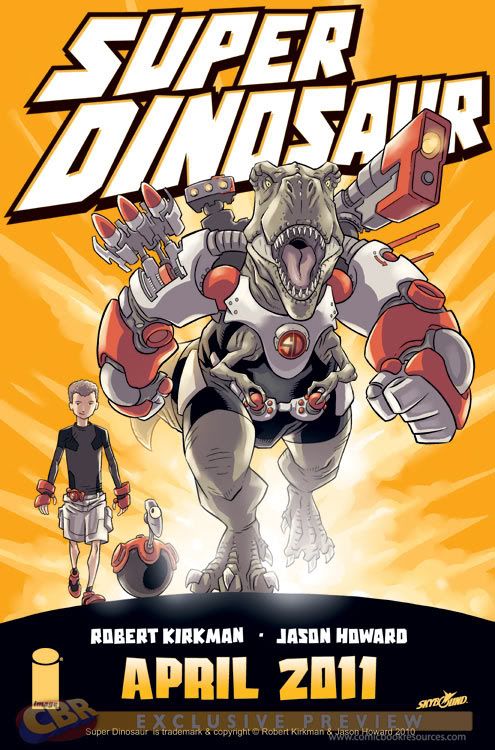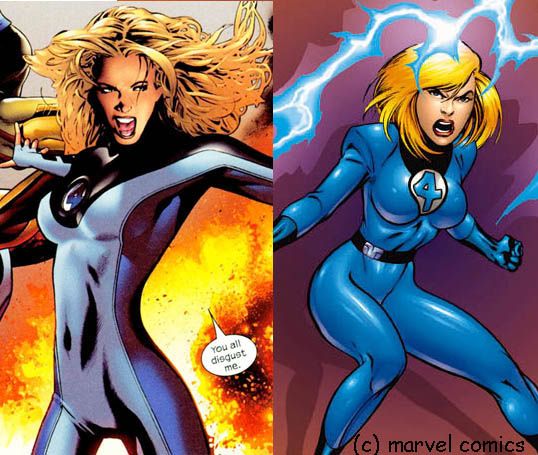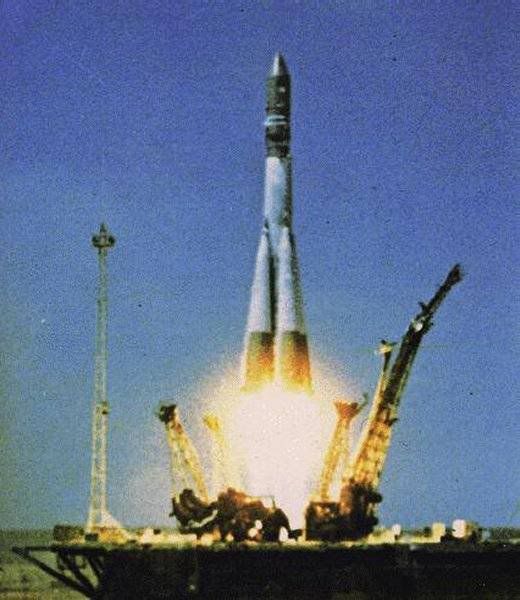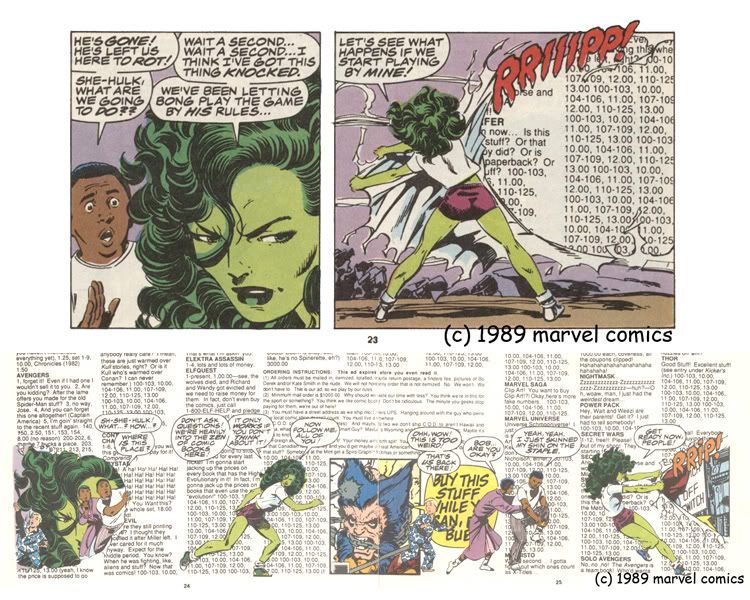Over on DeviantArt there's been a meme going on of these influence maps and I fanally decided to do one, and then I decided my map would make a good entry over here at the wonder blog. Boy this was tough, I wanted to make it in a "how influential they where sort of order, but it kinda devolved into a "no particular order" to keep the design nice. So in no particular order
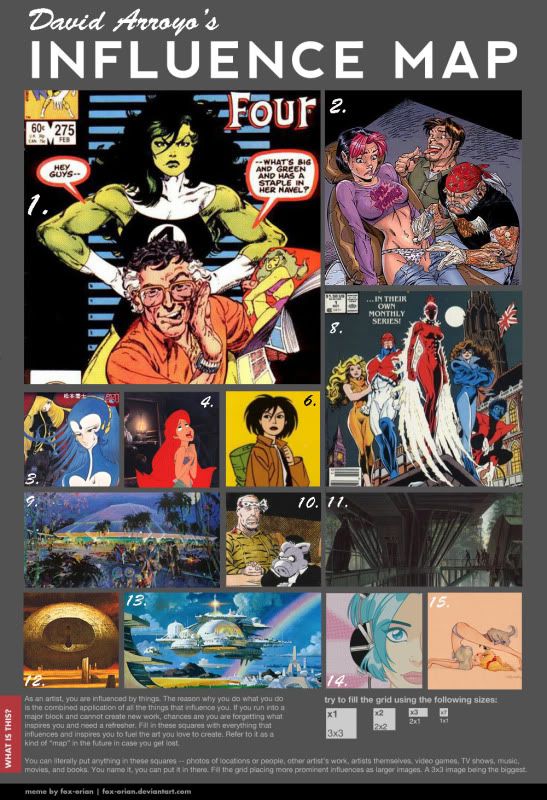
1. John Byrne.
John Byrne was my favourite comic artist when I first really got into comics. I especially liked his work on Sensational She-Hulk, Fantastic Four, and X-Men, his was also the first art I copied leading to my entire carrer in art. I still love many of his comics today.
2. J. Scott Campbell.
I had gotten out of comics for a while, and what got me back in was Gen 13 drawn by J. Scott Campbell. I loved (and Love) not just his toothsome women but also his fun designs and his visual sense of humour. It was his style i was trying to cop when I was 14 and first trying my hand at drawing without copying.
3. Leiji Matsumoto.
My Favourite Manga Ka. I love his layouts and timing, and it was through him that I started exploring manga in ernest.
4. Disney.
I love Disney animation, even when the movies suck they are made with a craft unequalled. I'm reluctant to name specific artists as thousands have drawn for these movies. but some favourites, whose art I've seen in isolation are. Frank Thomas, Ollie Johnson, Marc Davis, Andreas Deja, and Glen Keane, who's design for Ariel had quite an effect on my style (that's why the picture's her.
6. Jaime Hernandez.
Love and Rockets is one of the biggest things that's happened to me in comics in my recent life. From the moment I first read the new series (I went back to the old stuff soon after) I loved the art of Jaime Hernandez. Gilbert's great too, but dosen't hit me the same way. He does with simple cartooning what some guys can't convey in a million lines. His comics are alive. I also like his boldness with line and blacks. It was his influence that got me to go bolder with my ink work.
8. Alan Davis.
I've always liked his work, especially in the original Excalibur. In fact he was my second favourite artist after Byrne. I can't put my finger on why, but I like it. He's got that realistic yet still a cartoon style that I think works best for super heroes. I always think of his expressions while drawing (especially his big smiles). so he's on here.
9. Herb Ryman,
I love concept art, something about making and evoking a whole world with just a few brushstrokes. And Herb Ryman and the other early W.E.D. artists where the best. I love his use of colour, to evoke an emotion more so than convey "reality" a definate inflence on my Illustration and concept work.
10. Dave Sim & Gerhard
Cerebus is another of the biggest things to happen to me in recent years. Dave Sim Self Published this series between 1977 and 2003. And boy was it a series, narrative, experimental, and beutifully drawn. Background artist Gerhard joined Sim in 1987 making the book even more wonderful. It's from him that I get my sense of experimentation.
11. Ralph Mc Quarrie.
His Star Wars art was the first art, that I ever loved.
12. The Cover of Chapterhouse Dune.
I actually don't even know who painted it, but this is the first book cover painting I can remember seeing. And it still has an impact today.
13. Bob McCall.
He was the painter of NASA's moon mission press releases and the number one painter of the future in the 1970s. I still think that this is what the future should look like.
14. Chyna Clugston
Blue Monday is the third big thing that's happened to me in recent years. It mixed a lot of my favourite things Manga, Love and Rockets, and Teen Sex Comedy into a wonderful cocktail.
15. Dean Yeagle.
A cartoonist non parralleled Dean Yeagle is best known for his sexy pinup gals. He has a way of not only drawing purdy girls. But he draws them in a way in which they have definate character and personality. I always look to him when I'm hitting a rut with my characterization.
I'm sure I left out a few, Jeff Smith leaps to mind Immediatley. But there is a taste of my influences. And yes I noticed I skipped 5 and 7, I didn't notice until the image was flattened.
all images are owned by their copyright holders.
